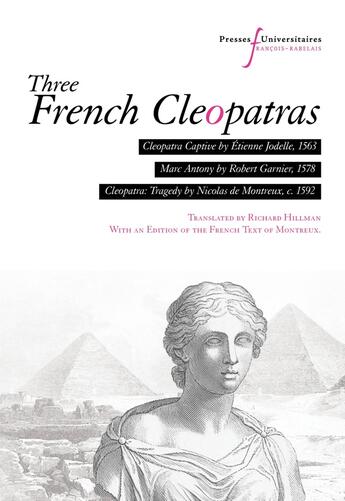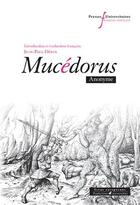Résumé:
These three dramatisations of the story of Antony and Cleopatra constitute a significant sub-genre within sixteenth-century French «humanist» tragedy. Jodelle's Cleopatra Captive (1553), recognised as the first neo-classical tragedy in French, served as a reference point for subsequent versions... Voir plus
These three dramatisations of the story of Antony and Cleopatra constitute a significant sub-genre within sixteenth-century French «humanist» tragedy. Jodelle's Cleopatra Captive (1553), recognised as the first neo-classical tragedy in French, served as a reference point for subsequent versions by Garnier (1578) and Montreux (c. 1592). Each inflects the dynamic of love and power derived from the classical sources (principally Plutarch) with varying emphases and interpretative possibilities.
These translations should facilitate exploration of the complex but compelling relation of the French plays to a corresponding English sequence. The translation of Garnier by Mary Sidney Herbert, Countess of Pembroke (Antonius, 1592), was supplemented, at her own request, by Samuel Daniel's The Tragedy of Cleopatra (1594, 1599). Both probably contributed to the culminating achievement of Shakespeare's Antony and Cleopatra (1606-7).
The French precursor texts have been relatively neglected by English literary historians, Montreux's almost entirely. And while Herbert's translation of Garnier has acquired canonical status, one consequence may have been to obscure its original. The fresh translation presented here aspires to more literal accuracy and greater fidelity to form.
While encouraging further exploration of French-English dramatic connections, these translations also demonstrate that the French plays merit attention both in themselves and in relation to each other. And because the tragedy of Montreux is little known today, even to specialists of French drama, also included is the first edition of the original since its own era, when it was widely diffused.
Donner votre avis
















